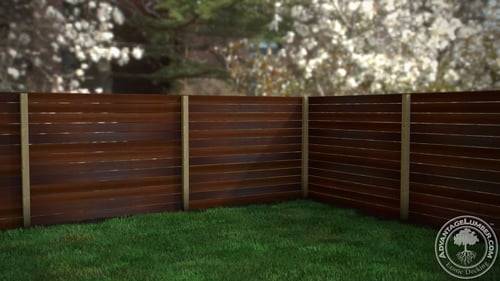How to Build a Horizontal Ipe Fence
Ipe isn’t just for decking anymore. This versatile wood is perfect for a variety of outdoor projects because of its durability. Its strength and dimensional stability can make it a little harder to work with than other woods, but with a lifespan of 75 years, it’ll be worth it to put the little extra elbow …
